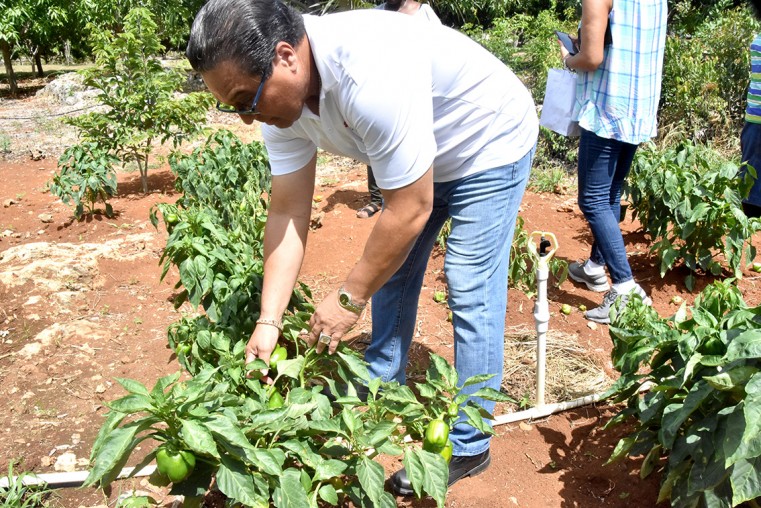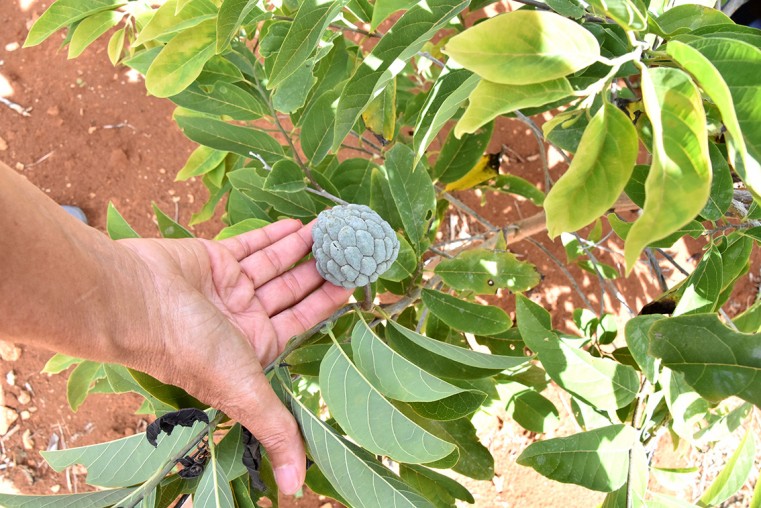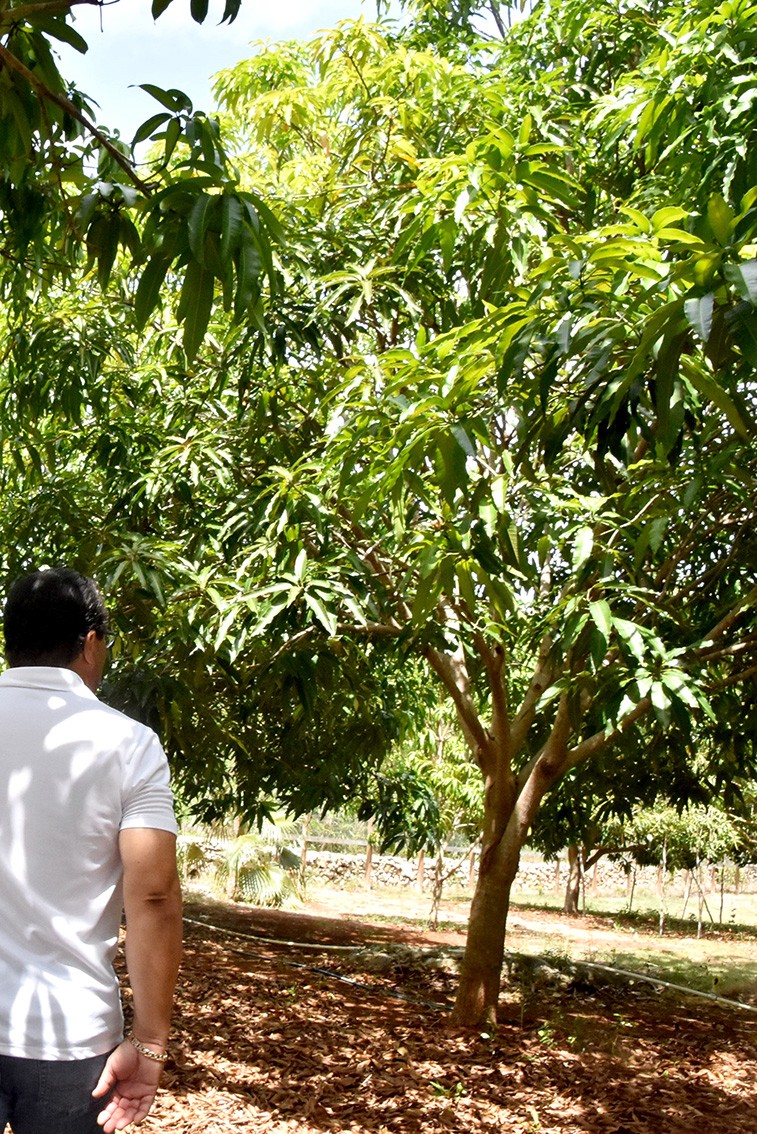- Job Market
- Upload Ad Requests
- Rates
- Home
- Video
- About Us
- Contact Us
- Business Showcase
- Archives
- Blogs
- Upload Advertisements
- Video News Release
- Front Pages
- Community Notices
- Law Enforcement
- Government
- Community Voice
- Health Care
- International
- Sports
- Politics
- Community
- Entertainment
- Advertorial 2
- Non-Profit Organisation(NPO)
- Adopt a Pet
- Tourism
- CIIPO
- Taste of Class
- Opinions & Editorial
- Environment
- Outstanding Employee
- Outstanding Performance
- Celebration
- Gardening
- Beneficial Ownership
- Tips and tricks
- Cover Stories
- Cost of Living
- Development
- Employment
- Education
- Arts and Culture
- Business
- Global News Briefs
- Hurricane Watch
- Breaking News
- Regional
- Public Notices
- Local News
- Lifestyle
- Finance
- Economic
- Election Center
- COVID - 19
- UK Territories
- Advertorial
- History
- Inspiration
- The Panel
- The Interview
- Cayman Conversation
- Community Notices
- Law Enforcement
- Government
- Health Care
- Sports
- Election Center
- Cayman Conversation
- More
- Front Pages
- Community Notices
- Law Enforcement
- Government
- Community Voice
- Health Care
- International
- Sports
- Politics
- Community
- Entertainment
- Advertorial 2
- Non-Profit Organisation(NPO)
- Adopt a Pet
- Tourism
- CIIPO
- Taste of Class
- Opinions & Editorial
- Environment
- Outstanding Employee
- Outstanding Performance
- Celebration
- Gardening
- Beneficial Ownership
- Tips and tricks
- Cover Stories
- Cost of Living
- Development
- Employment
- Education
- Arts and Culture
- Business
- Global News Briefs
- Hurricane Watch
- Breaking News
- Regional
- Public Notices
- Local News
- Lifestyle
- Finance
- Economic
- Election Center
- COVID - 19
- UK Territories
- Advertorial
- History
- Inspiration
- The Panel
- The Interview
- Cayman Conversation
Subscribe
Alden’s Farm Tour
Former Premier, Alden McLaughlin, shows some of his bell peppers in a plant that has been attacked by ants

Sweetsop plant

The irrigation system consists of drip irrigation, which brings water straight to the roots, and spray irrigation for the fruit trees
Jackfruit
Callaloo
Mr. McLaughlin surveys just some of the mango trees on his farm

By Christopher Tobutt
“Do you see that mahogany tree there? “My grandfather told me that was a big tree when he was a boy,” said former Premier, Alden McLaughlin as he showed us around his 23-Acre farm in the middle of East End. Mr. McLaughlin was showing some of George Town constituents around, courtesy of Barbara Connolly MP, who had arranged a lovely day out for them, and they loved it. It was like walking around the Garden of Eden.
There are lots of farms out here, making use of the water they pump up from the huge freshwater lens that runs between East End and Frank Sound. Mr. McLaughlin uses a combination of drip-irrigation, which involves lots of pipes that takes the water straight to the root of the plant, and spraying. Spraying fruit trees twice a week during dry times is part of his secret to a bumper crop, he says.
Mr. McLaughlin presently has about half of the land cultivated, but his aim, now that he has more time on his hands, is to cultivate all of it. There is already just about everything you can think of, including fruits trees of all kinds, and vegetables too. “I’ve got about a thousand fruit trees – I grow mango, avocado, sweetsop, soursop, naseberry, June plum, red plum, yellow plum, jackfruit, lime, and we always have papaya too, and coconut. Then we do cucumbers, tomatoes, eggplant, Chinese cabbage, bok choy, tomatoes, watermelon, and cantaloupe,” he said. There are also several dragon fruit plants, which are in the cactus family, and need to be grown on wooden frames. I was amazed at the variety of crops he had managed to cultivate. Variety is good, because it makes natural barriers for pests and diseases. One pest might like one type of crop, but they will not attack everything. It also means that several crops are always “in season,” so that steady income can be maintained all year round.
Like many Eastern District farms, the soils are quite thin over the rock. But the red soil is good, and, with a mixture of drip and spray irrigation using water pumped up from the underground lens, there is a lot you can do to care for it and enrich it. “It’s one of my plans to build some composting bins with those pallets. I have it in my mind how we are going to build them. As it breaks down, it will fall through into a tray, and then you pull the tray out,” Mr. McLaughlin said.
But there are other ways of enriching the soil: “I got the ‘magic’ – pig manure,” Mr. Mr. McLaughlin said. Apparently, there is nothing like pig manure for fertilizing the soil. He recently started a piggery with 42 pigs in it. How does that work out in terms of feed cost? “It only costs him about 10 dollars a day to feed all those pigs,” he says, because he uses all the fruits that are not pretty enough to sell. “They eat mangoes, papaya, just about anything. Also, I sell most of my stuff at Kirks, and so we pick up four or those big garbage containers full of peelings, and discarded fruits and vegetables (to feed to the pigs).”
It’s good to incorporate livestock onto a farm that is mostly fruits and vegetables, because animals can help complete nature’s system of recycling nutrients, so its really a win-win, if you manage it just right. The more variety you have on a farm, the more you can manage it so that each animal or plant has its own productive niche. But it can take time to see how everything fits together in practice. People have been telling Mr. McLaughlin that he needs some goats too, but he wants to see how the pigs work out first, he says.
As Mr. McLaughlin took us around, we could see some sweet pepper plants. They are normally one of his big-sellers, because there is a lot of demand for bell-peppers, but some of the leaves looked as if they were wilting. Not enough water? No, “That is ants, attacking the roots,” Mr. McLaughlin said, as he explained that you couldn’t really treat the soil for ants until the crop was finished.
“We’re going to have a really good avocado crop unless we get bad weather. I deliberately planted ones that mature at different stages of the year, so I start picking avocados in June all the way through to March,” Mr. McLaughlin said.
Online Poll
Independent or Party: Independents top the Category with 23 Candidates. Select your preference
Popular News
Mexico beat Cayman 20-10 in ‘Big Match X’ Rugby
05 Jun, 2024
CIOC announces team for Paris 2024
11 Jul, 2024















Comments (0)
We appreciate your feedback. You can comment here with your pseudonym or real name. You can leave a comment with or without entering an email address. All comments will be reviewed before they are published.